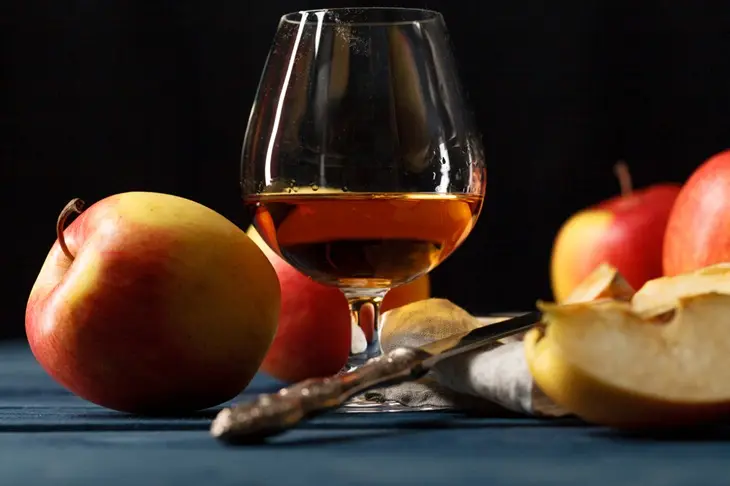Moscato, known for its sweet, fruity flavor and aromatic profile, has gained popularity among wine enthusiasts and casual drinkers alike. As with any wine, understanding its caloric content is important for those who are mindful of their calorie intake or seeking to balance their diet. This article delves into the number of calories in a bottle of Moscato, exploring factors that influence its calorie count, and offering insights into its implications for your overall health and enjoyment of the wine.
Understanding Moscato Wine
What Is Moscato?
Moscato is a variety of sweet, white wine made from the Muscat grape. It is known for its aromatic qualities, often featuring notes of peach, apricot, and honey. The wine can be still, sparkling, or semi-sparkling, each offering a different experience.
Still Moscato: This is the most common form, with a smooth, sweet flavor profile.
Sparkling Moscato: Also known as Moscato d’Asti, this version has effervescence and a slightly lower alcohol content.
Semi-Sparkling Moscato: This variety has a mild fizz and is less carbonated than fully sparkling versions.
Types of Moscato and Their Characteristics
Different styles of Moscato can affect the calorie content. For instance, Moscato d’Asti tends to have a lower alcohol content and slightly fewer calories compared to its still counterparts.
Caloric Content in Moscato
Calories per Serving
The caloric content of Moscato is influenced by several factors, including its sugar content, alcohol level, and serving size. On average:
A 5-ounce serving of Moscato contains approximately 120 to 160 calories. The exact amount can vary based on the sweetness and alcohol content of the wine.
Calories in a Bottle of Moscato
A standard bottle of Moscato is 750 milliliters, which is roughly 25.4 ounces. To estimate the total calories in a bottle, consider the following:
Average Calories Calculation: If a 5-ounce serving contains about 140 calories, a full bottle would contain approximately 1,020 calories (25.4 ounces / 5 ounces × 140 calories).
See Also: How Long Can You Keep Port Wine?
Factors Affecting Caloric Content
Sugar Levels: Moscato wines are generally sweet, and higher sugar content contributes to a higher calorie count. Sweet wines can have up to 200 calories per 5-ounce serving, while drier wines typically have fewer calories.
Alcohol Content: Moscato wines usually have lower alcohol content compared to other wines. The lower the alcohol, the fewer calories from alcohol per serving.
Comparing Moscato to Other Wines
Moscato vs. Dry White Wines
Dry White Wines: A 5-ounce serving of a dry white wine like Sauvignon Blanc or Chardonnay generally contains about 110 to 130 calories. Moscato’s higher sugar content means it tends to have more calories compared to drier white wines.
Moscato vs. Red Wines
Red Wines: A typical 5-ounce serving of red wine such as Merlot or Cabernet Sauvignon contains around 125 to 150 calories. Moscato, being sweeter, may exceed this range.
Moscato vs. Sparkling Wines
Sparkling Wines: A 5-ounce serving of sparkling wine or Champagne generally has about 90 to 130 calories. While Moscato d’Asti, a type of sparkling Moscato, might be on the higher end of this range due to its sweetness.
Health Considerations
Caloric Intake and Moderation
Moderation: Understanding the caloric content of Moscato helps in managing your daily calorie intake. For those watching their weight or managing dietary goals, moderation is key.
Balanced Diet: Including Moscato in a balanced diet can be part of a healthy lifestyle, provided you are mindful of your overall caloric intake.
Impact of Alcohol on Caloric Intake
Alcohol Calories: Alcohol itself contains calories, approximately 7 calories per gram. Moscato’s lower alcohol content means fewer calories from alcohol compared to stronger wines, but the sugar content adds to the total caloric count.
Serving and Enjoying Moscato
Recommended Serving Sizes
Portion Control: Enjoy Moscato in moderation, adhering to recommended serving sizes. A 5-ounce glass is typically sufficient to enjoy its flavors without excessive calorie consumption.
Pairing and Enjoyment
Food Pairings: Moscato pairs well with a variety of foods, including desserts, cheeses, and light appetizers. Pairing it with appropriate foods can enhance the overall experience without adding excessive calories.
Conclusion
Moscato, with its sweet and aromatic profile, provides a delightful wine experience but comes with a higher caloric content compared to many other wines. A standard bottle of Moscato contains approximately 1,020 calories, influenced primarily by its sugar content and alcohol level. By understanding these factors and practicing moderation, you can enjoy Moscato as part of a balanced diet, savoring its unique qualities while managing your overall caloric intake.


